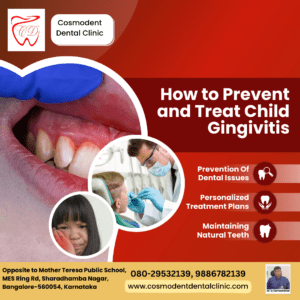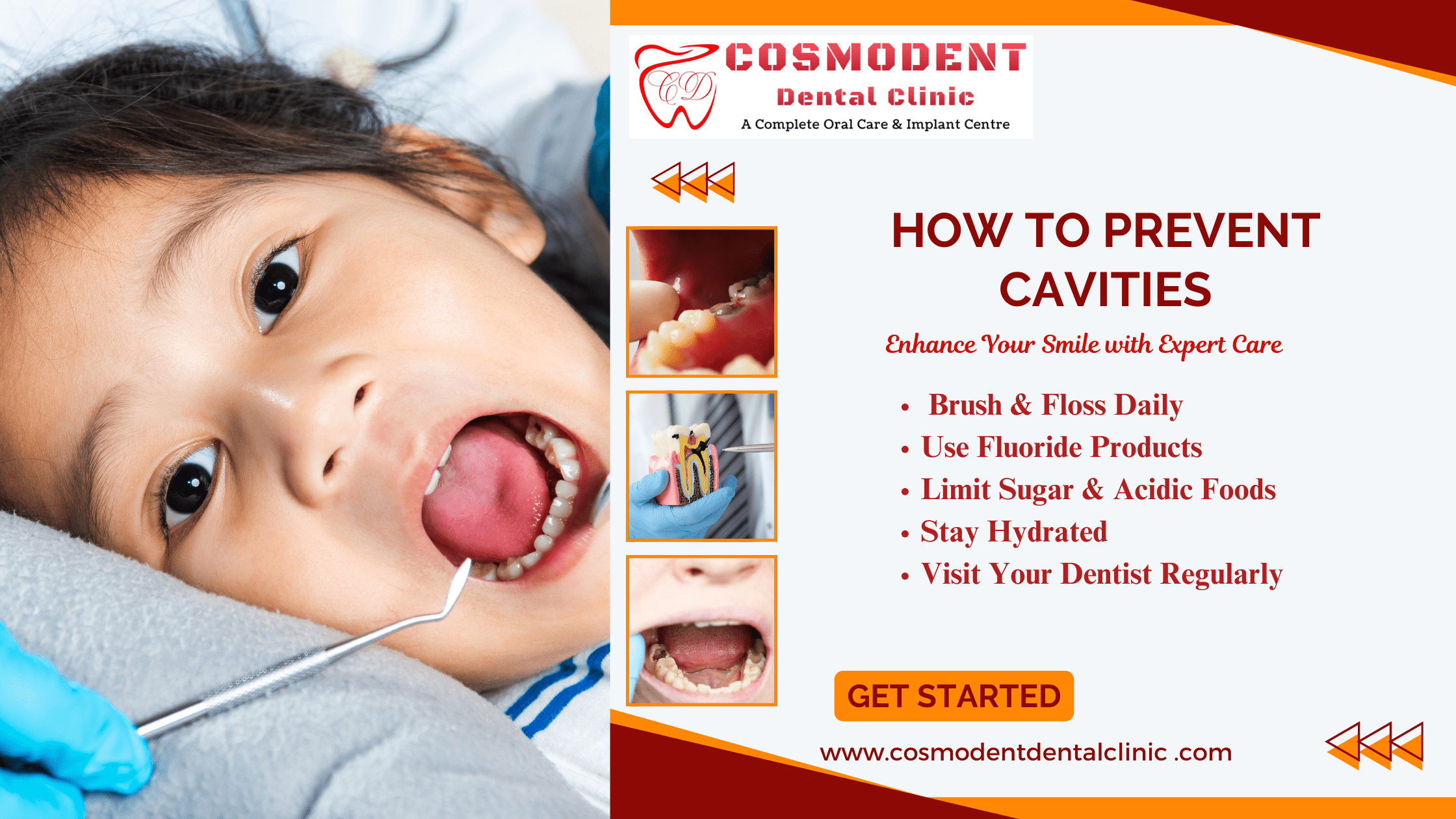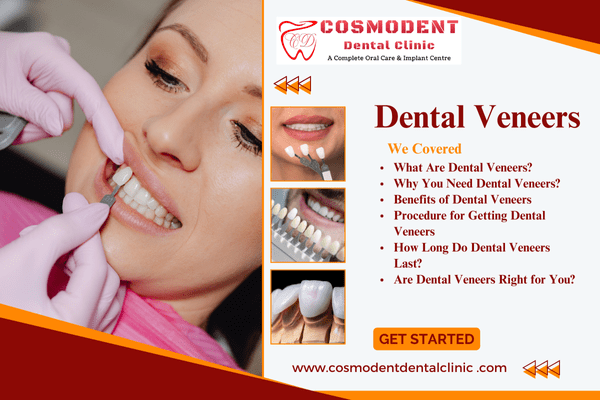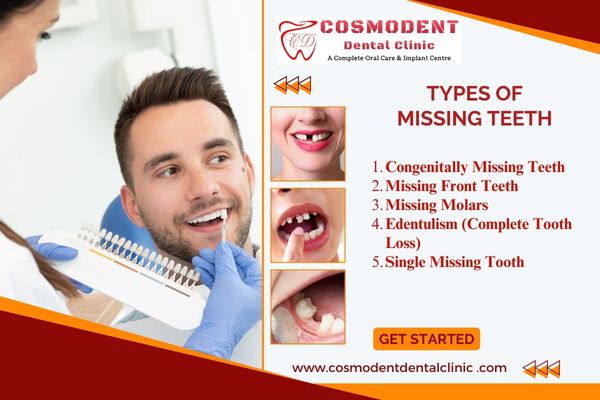A child’s smile is one of the purest expressions of joy, but behind that bright grin can lie a common yet preventable dental issue: gingivitis. Many parents are unaware that gingivitis, a form of gum disease, can affect children as young as toddlers. Understanding the causes, prevention, and treatment of child gingivitis is key to ensuring lifelong oral health for your little ones. This blog will explore everything you need to know about protecting your child’s gums and how you can treat this condition if it arises.

What is Child Gingivitis?
Gingivitis is the mildest form of gum disorder, characterized by using swollen gums. When bacteria and plaque gather on the gums, inflammation is condemned, which can cause redness, swelling and bleeding. Gingivitis is commonplace in youngsters due to a mixture of terrible oral hygiene conduct, a sugary diet, and on occasion biological adjustments that arise with age.
Child gingivitis is a warning sign that you want to check your infant’s oral health right now. Although initially painless, untreated gum disease can change into a greater severe form of periodontitis, which can lead to tooth decay and other serious fitness issues.
How Do You Treat Gingivitis in Children?
Early remedy of child gingivitis disorder is important to prevent headaches. Fortunately, mild gum disorder can frequently be reversed with desirable oral hygiene and expert care. Here are the stairs to treat gum ailment in youngsters.
1. Improve oral hygiene habits
An important step in treating gum sickness is setting up a routine of ordinary oral hygiene. This consists of brushing your teeth twice a day for two minutes, brushing your enamel day by day and putting off plaque that has accumulated between the tooth and across the gums. Encourage your baby to sweep their teeth very well. The use of techniques which includes holding the toothbrush at a 45-degree angle to the gums and using a gentle round movement care is a priority for young kids in the event that they have no longer but developed the guide abilities to clean their enamel.
2. Use Antibacterial Mouthwash
Your toddler’s dentist may additionally use an antibacterial mouthwash to lessen bacteria in the mouth and soothe inflamed gums. These mouthwashes are normally alcohol-unfastened and are designed especially for kids. Look for mouthwashes that comprise fluoride, as this may beef up tooth enamel and protect your tooth.
3. Professional Dental Cleaning
In some cases, professional dental cleaning is necessary to cast off plaque or tartar from your toddler’s tooth. A dental hygienist will carry out a thorough cleansing so one can remove nice traces and plaque that cannot be eliminated with normal brushing and flossing. This process will considerably reduce gum disease and help the gums heal quicker.
4. Monitor eating regimen and sugar consumption
Children who eat large amounts of sugary foods and drinks are at extended risk for gum sickness. Bacteria feed on sugar and convey acids that worsen the gums and weaken teeth. To guide your baby’s oral fitness, inspire a balanced weight-reduction plan of fruits, veggies and whole grains, and restrict sugary foods. Make certain your child liquids lots of water, especially after meals, to assist flush out food debris and decrease plaque buildup.
5. Schedule Regular Dental Visits
Regular dental cleanings every six months can take a look at your child’s oral fitness for any early signs and symptoms of gum ailment. Your dentist also can offer practical advice on brushing and flossing and become aware of any underlying troubles that may be inflicting your toddler’s dental troubles.
By following these steps, you can successfully deal with your child’s gingivitis and assist your child’s mouth to heal.
What is the Main Cause of Gingivitis?
The leading cause of gum disorders in youngsters and adults is plaque, a sticky bacterial formation within the gums of teeth. Bacteria in the mouth form plaque together with food particles, especially sugars and starches. Without brushing and flossing, the plaque hardens, leaving gums infected and inflamed.
Other Factors Contributing to Child Gingivitis
While plaque is the main culprit, several other factors can increase your child’s risk of developing gingivitis:
1. Poor Oral Hygiene
The most common cause of child gingivitis is inadequate brushing and flossing. Many kids don’t brush lengthy enough or depart vital areas in their mouth, which could result in plaque buildup and gum infection. Teaching an infant right brushing and flossing strategies from an early age can assist in saving you gum disease.
2. Sugary meals
Sweets and sugary beverages are a first-rate cause of dental troubles consisting of gum sickness. Bacteria inside the gums feed on sugar which produces acid which irritates the gums. Children who often consume sugary foods are more likely to develop gingivitis, which leads to infection of the gums.
3. Orthodontic Devices
Children with dental implants or other dental implants are at a higher threat for gum sickness due to the issue of cleansing the devices, food debris can effortlessly turn out to be trapped in dental implants insert into the cavities in their enamel, inflicting the gums to bulge and cause sore throats. Children who wear braces want to take more care to smooth their appliances, and their dentist may recommend unique toothbrushes and floss to assist
4. Hormonal Changes
The hormonal changes of puberty increase blood flow to the gums, making them more sensitive and susceptible to infection. While this type of gingivitis may be brief, it is critical to keep proper oral hygiene and see your dentist frequently to save you this circumstance from taking hold.
5. Dry Mouth
Saliva performs a critical position in washing away meal particles and neutralizing acids inside the mouth. If your baby has dry mouth, normally as a result of dehydration or medicines, she or he may be extra susceptible to dental caries and arthritis. Encourage your infant to drink masses of water and speak about any concerns about dry mouth with their dentist.
Preventing Child Gingivitis: Tips for Parents
Preventing gingivitis is some distance less complicated than treating it, and with the aid of instilling true conduct early on, you could set your child up for a life-time of healthful smiles. Here are a few suggestions to save you gum ailment to your child:
1. Start Oral Hygiene Early
Even before your infant’s first teeth erupts, you may start traumatizing them across the mouth by lightly wiping them with a clean, damp material. As soon as you brush your tooth, start brushing with a tender toothbrush and a mild fluoride floss. Establishing the addiction early will make it easier for your baby to increase wholesome oral hygiene habits as they get older.
2. Check brushing and flossing
Most children need help brushing and flossing till as a minimum age 7 or 8. Monitor your infant’s oral hygiene recurring and provide steering when wanted. Use fun equipment like colored toothbrushes or timers to make brushing more appealing.
3. Promote exact nutrition
A healthy diet plan is critical for excellent oral health. Limit chocolates and sugary beverages, and encourage your infant to consume masses of end result, vegetables, and whole grains. These ingredients can assist your enamel tooth grow, permitting water to scrub away digestive particles and hold your mouth moisturized.
4. Regular Dental Check-ups
Regular dental checkups are vital to keep an infant’s mouth healthy. During these visits, the dentist can examine your baby’s oral fitness, perform expert upkeep and provide advice on the way to deal exclusively with gum disorder and dental problems.
Conclusion
Gingivitis is common in children, but it can additionally be prevented and handled. By giving information about the reasons and taking the first steps to improve your baby’s oral hygiene, you could help prevent gum sickness and if you don’t hesitate to see your dentist. If you notice any signs of gum inflammation, such as redness or bleeding, don’t hesitate to contact us. With proper care, you can ensure that your child smiles brighter for years to come.








